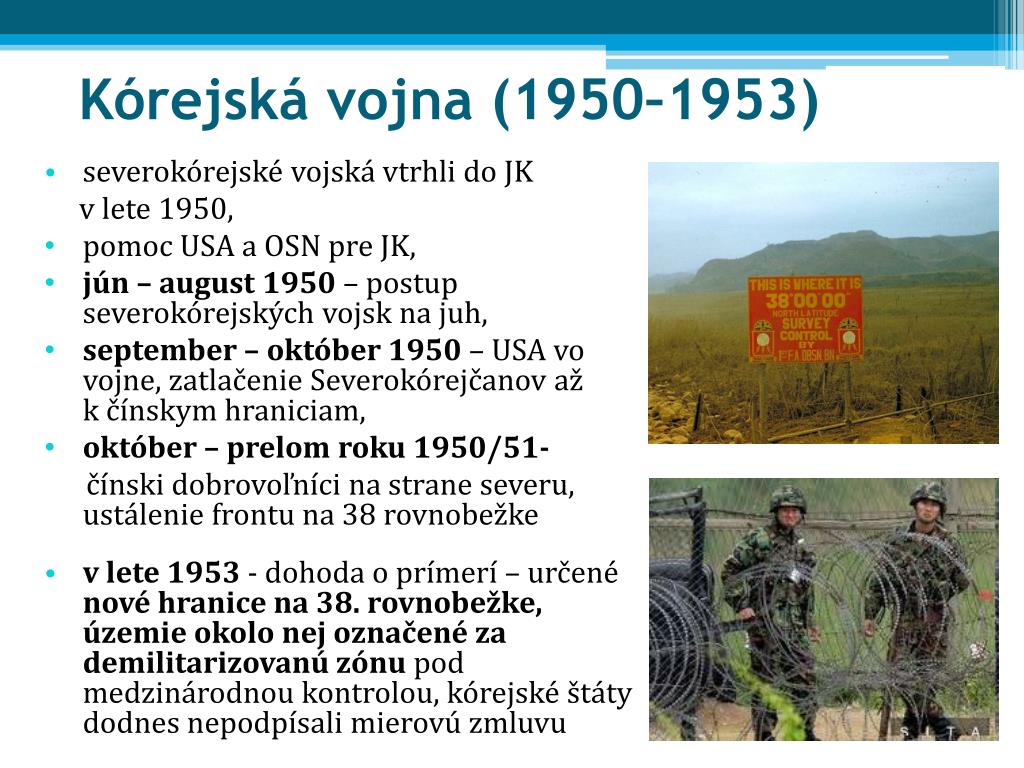


Why did Denmark and Norway choose such different paths after the Cold War? Were decisions dictated by their respective geopolitical situation, or merely the product of the whims and preferences of political and military leaders? Or did they result rather from deep-seated differences in strategic and military cultures? In this study the author shows that one-dimensional explanations of these policy decisions fall short, and that geopolitcs, leadership and culture each played a vital part in shaping post-Cold War defence policies.1945 – A BREAK WITH THE PAST A History of Central European Countries at the End of World War Twoġ945 – PRELOM S PRETEKLOSTJO Zgodovina srednjeevropskih držav ob koncu druge svetovne vojneīook Editor Zdenko Čepič Editorial board Zdenko Čepič, Slavomir Michalek, Christian Promitzer, Zdenko Radelić, Jerca Vodušek Starič Published by Inštitut za novejšo zgodovino/ Institute for Contemporary History, Ljubljana, Republika Slovenija/Republic of Slovenia Represented by Jerca Vodušek Starič Layout and typesetting Franc Čuden, Medit d.o.o.

Norway retained a territorial defence philosophy, preferred not to deploy combat forces to peacemaking operations abroad, and maintained a larger, conscriptionbased military establishment.

However, with the end of the Cold War Norway and Denmark chose different paths: Denmark to professionalise, downsize and enable its Armed Forces to take part in expeditionary operations far from Danish shores, including warfighting operations alongside American or British Allies. Denmark and Norway were founding members of NATO, and shared throughout the Cold War defence policies aimed at defending their respective territories against a possible Warsaw pact invasion.


 0 kommentar(er)
0 kommentar(er)
